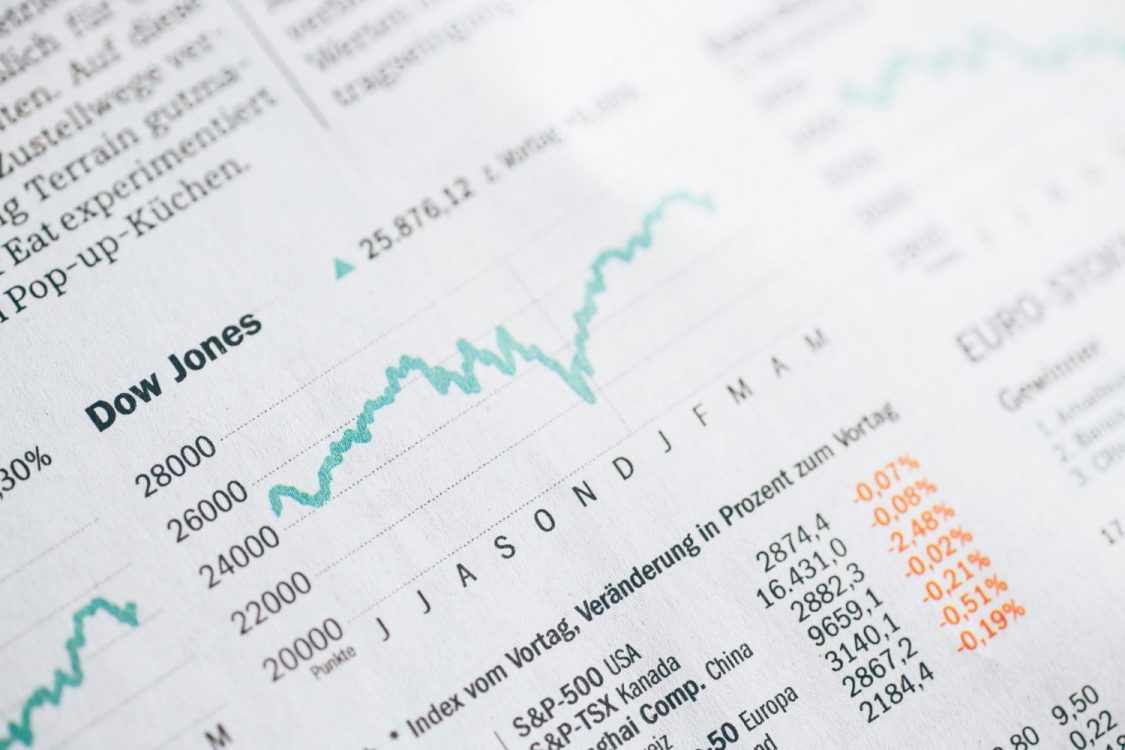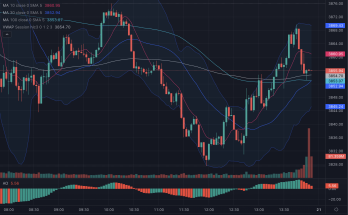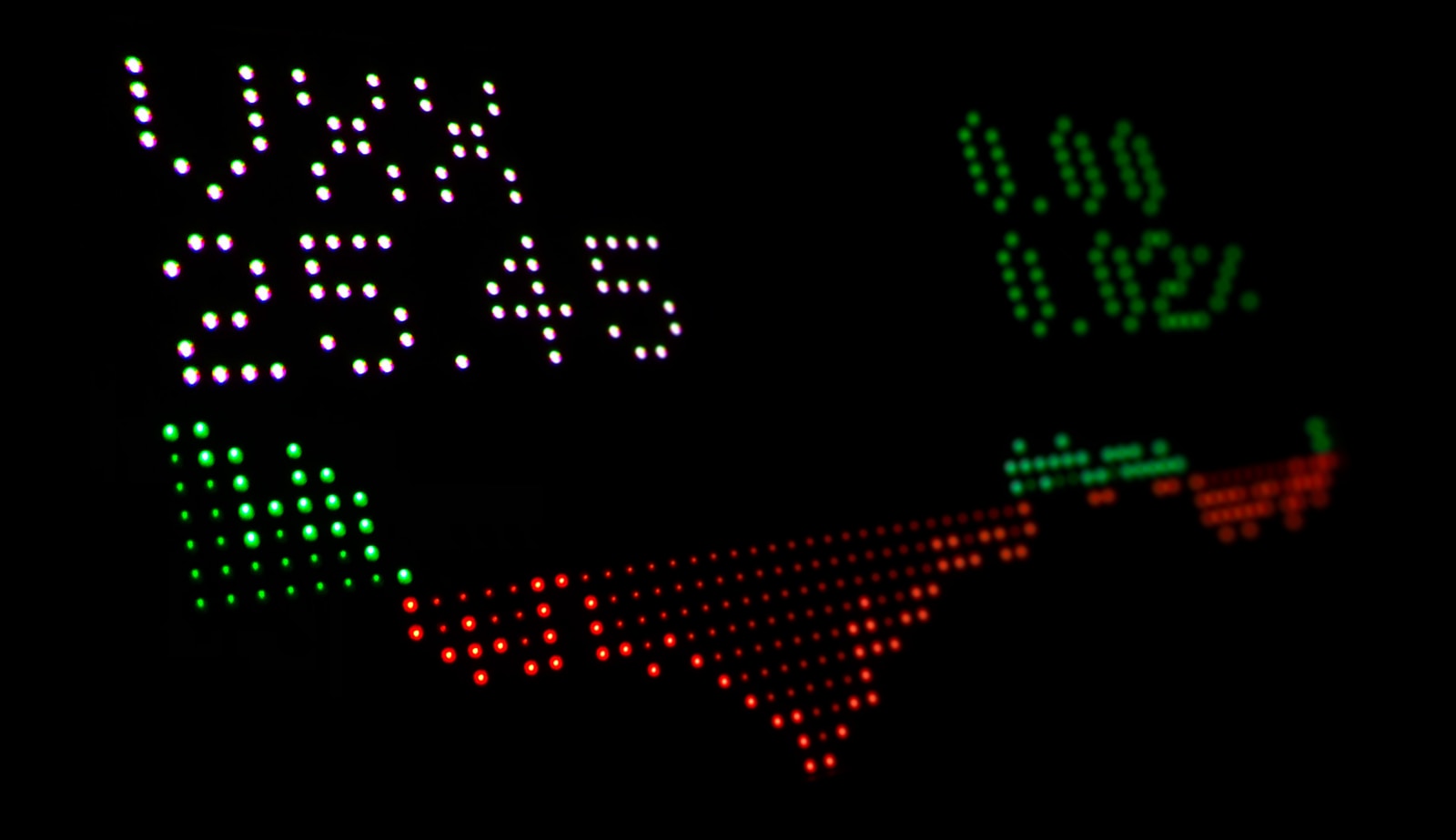One of the most confusing and often dangerous parts of trading and/or investing is determining position size. Specifically, when placing a stock or options trade, just how much do I invest?
While there are a wide variety of opinions on this, when I started trading many years ago I did a lot of research and triangulated all the recommendations into the following straightforward personal guideline:
- each individual trade should be roughly 2% of the total portfolio
So let’s do a basic example using a $50,000 account. Using the 2% rule, the max trade amount would be $1000. It doesn’t have to be exact, but that would be the target, let’s say +/- $100. If one then said they’d like to enter a light or half position, that would then be 1% or $500.
Pretty simple and straightforward, but in the heat of battle so to speak (or let’s say trying to make a trade while on a conference call!), it’s nice to have this rough amount in your head.
For example, if a stock is trading at $36.50 per share, then the quick math ($1,000/36.50) gives us 27 or 28 shares to enter our order. Again, it doesn’t have to be exact, just as close as possible.
Another critical piece here is your risk tolerance. For me, the 2% position sizing just feels right after trying many variations over time. Sizing of 1% just felt too little for me and anything more than that made me nervous based on my risk tolerance, especially when trading options (which can go to zero quickly).
An alternative to a single percentage size for all types of trades is to have different amounts for trades versus investments. For example, due to the volatility of options, I almost never go above a 2% position size. With stocks, however, and their usual longer time horizon, I may go as high as 4% for each position.
So for each individual investor, there going to be a balance of these two factors:
- risk tolerance
- time horizon
Wealthy Retirement explains it nicely here:
Wealthy Retirement recommends putting no more than 4% of your equity portfolio in any single stock. It’s a good policy stop stocks falling more than 25% below the purchase price without selling it. That’s why we often recommend a 25% trailing stop. That way if you take a maximum loss of 25% on your maximum position size of 4%, the value of your portfolio has fallen only 1%.
Now the obvious next question is if you have multiple accounts should the trade size be in the aggregate or just the account you’re trading in?
I believe it makes the most sense to only consider the account you’re actually placing the trade from. And here’s why — this 1-2% rule is designed to make sure that any given trade, if it goes to zero, will not kill you. You’ll live to trade another day and there will still be cash in the account to do so. If looking at the trade size for accounts in aggregate, you may have a loss that would prevent you from trading in that particular account.
If you’re looking for some additional ideas on determining a position size, here are a few more ideas:
From Investopedia, suggesting 2%:
As a rule of thumb, most retail investors risk no more than 2% of their investment capital on any one trade; fund managers usually risk less than this amount. For example, if an investor has a $25,000 account and decides to set their maximum account risk at 2%, they cannot risk more than $500 per trade (2% x $25,000). Even if the investor loses 10 consecutive trades in a row, they have only lost 20% of their investment capital.
And from The Balance, suggesting 1%:
While other variables in a trade may change, account risk is kept constant. Try not to vary the amount of risk you take (e.g., 5% on one trade, 1% on the next, and then 3% on another). If you choose 1% as your account risk limit per trade, then every trade should risk the same amount.
And finally from Vantage Point Trading:
Why only 1% risk? Even great traders can experience a string of losses. But if you keep risk below 1% per trade, even if you lose 10 trades in a row (should be very rare!) you still have almost all your capital. If you had risked 10% of your account on each trade, and lost 10 in a row, you’d be a wiped out. Also, even with risking 1% (or less) on each trade you can still make great returns. Only risking 1% also helps avoid the disaster scenario where you end losing much more than anticipated.
So you can see, while the actual percentage amount can vary, the basic concept centers around managing your risk through position sizing.
WealthLed, Copyright 2020 - 2022, All Rights Reserved. WealthLed does not offer any personal financial advice or recommend the purchase or sale of any security or investment for any specific individual. Nothing in this article should be considered personalized investment advice and is for educational purposes only. Additionally, WealthLed has advertising relationships with some of the offers listed on this website. We may receive compensation when you click on links to those products or services.


